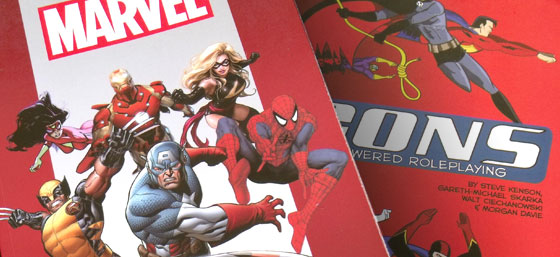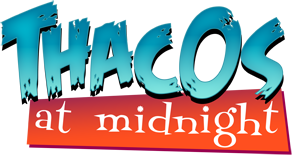
When Rob started his Civil War campaign last year, I had a hard time deciding on a character to play. I eventually decided that I wanted to “import” in a NPC from an Icons campaign that past summer and run an alternate version of that character who was native to the 616 universe.
The character’s defining power was what Icons called Possession. To quote from Icons’ Open Game Content:
Possession
You can take over someone else’s body, much like Mind Control, except your mind is “inside” the victim and controls their body, rather than issuing orders. Your own body is unconscious and immobile while you possess someone else. Otherwise, this power works just like Mind Control.
Since your mind is in control of the target’s body, you can spend your own Determination for tests you make using the possessed target (unlike Mind Control). If you place the target’s body in a life-threatening situation, you must make a Possession test against the target’s Willpower each round, with failure meaning the target shakes off your influence.
Mind Control notes that the target of must be within visual range.
There wasn’t a power in the Basic Game or the Civil War book that really emulated what Possession does. An evening was spent pulling apart other power sets to get something that functioned as closely to the Possession power as possible, which I have called Bodyswitching.
How Bodyswitching works is that the PC uses Mind Control to place a mind control complication on a target. Once the target’s complication goes above D12, the Player Character gains control of the Watcher Character instead of the Watcher Character being taken out. While controlling the Watcher Character, the Player Character has access to the Watcher Character’s Powers and Specialties. The power deactivates once the Watcher Character is dealt trauma or when the Player Character deactivates the power set.
Bodysurfing Watcher Characters is a whole lot of fun. It gets especially goofy when dealing with Arthrosians – if your Watcher plays them like a hive mind, mind controlling one means suddenly gaining a whole unit.






